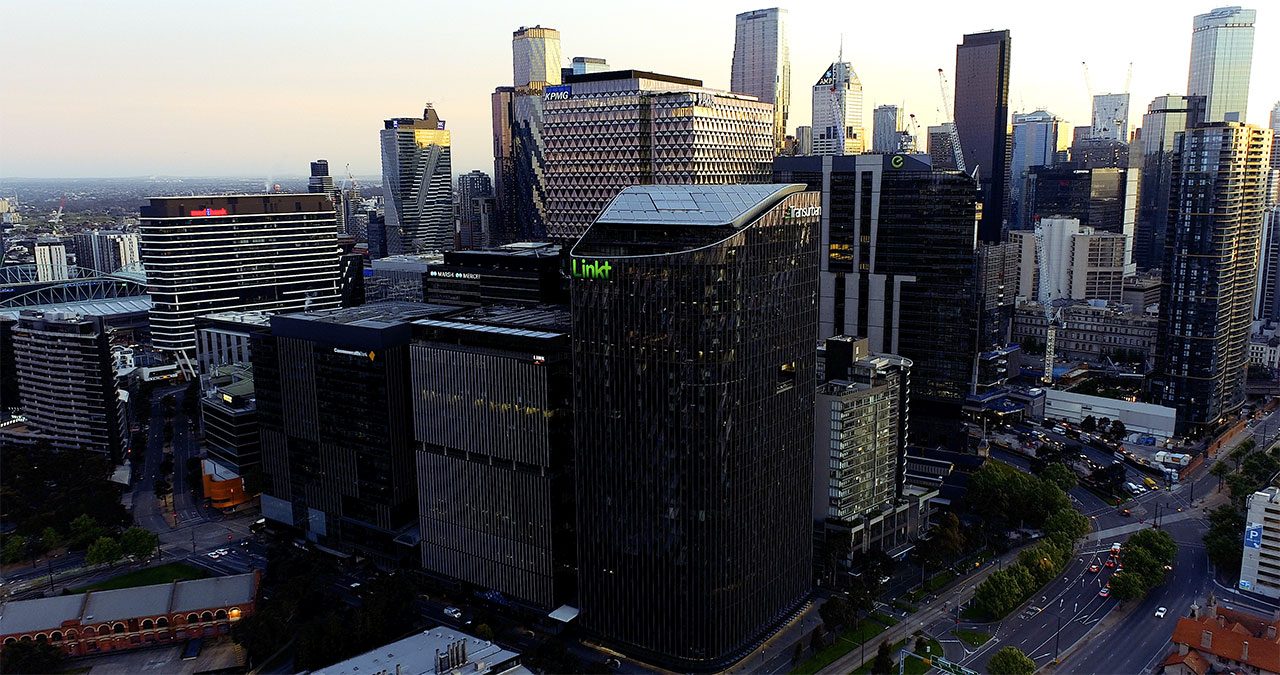This article is from the Australian Property Journal archive
IN a major boost to Melbourne’s office market leading into the festive season, the Australian Taxation Office (ATO) is on the hunt for a new office building in Melbourne, looking to take advantage of conditions that could see the tax man secure incentives of more than 50%.
In a move that promises to capture the attention of landlords and stir up leasing activity in market, the ATO has appointed JLL’s Peter Walsh and Gellie Mendes to represent it in its search for 22,000 sqm of space.
The ATO is seeking a long-term lease with an expected access date of May 2026 and with a lease commencement date of February 2027. The lease term is projected to span 10 to 13 years, with two optional extensions of three years each.
The ATO’s key requirements for the new office building reflect growing trends in the commercial property sector. Notably, the building must meet high environmental standards, with a minimum 5.5 NABERS rating for existing buildings, and a 6 NABERS rating for new developments.
This aligns with the Australian government’s commitment to achieving net-zero emissions, placing a premium on energy-efficient, sustainable properties.
In addition to sustainability credentials, the ATO is seeking 50 secure car parks and a building with proximity to public transport. The building must also offer flexibility in design, with either a cold or warm shell configuration, though an integrated fit out will also be considered.
The requirement comes as the ATO’s lease at 3 Collins Square at 747 Collins Street is up for renewal. The ATO occupies 38,000 sqm at the 16-storey building, which is owned by Singapore-Malaysia backed CIMB Trust Capital.
CIMB bought the Docklands building in 2013 from Walker Corporation for $279 million when it had a new 15-year lease to the ATO, which ends in 2027.
The ATO occupies several locations in Melbourne, including Moonee Ponds and Dandenong.
The announcement is a significant opportunity for landlords and developers in Melbourne who have been grappling with low occupancy rates due to the ongoing preference by employees for a hybrid workplace.
However it is expected that the ATO will be able to call the shots with landlords, as the Melbourne market has a long-term high vacancy of 18% and close to 1 million sqm of vacant office space, according to the Property Council’s July 2024 edition of the Office Market Report.
Furthermore, almost 250,000 sqm of new stock is forecast to come online by 2026, which is above the five-year historical average of 180,000 sqm, and around the time the ATO wants to start the fit out, and only 20% of that space is pre-committed.
The timing could not be better for the ATO as incentives in Melbourne have ballooned further to 47.8% as at Q3 2024, up from 45% in the same period last year, according to CBRE.
In comparison, when the ATO signed the 15-year deal for its current premises at Collins Square, incentive levels were between 16-20% for Prime office.
But the tax man could very well choose to remain at Docklands, where incentives are even higher, at 60%.
And it would also be in the best interest of the current landlord to retain the ATO at Collins Square, particularly as the departure of a tenant this size would deal a major blow to the valuation of its investment.
Meanwhile office tenants are taking advantage of conditions and trading up, with 45% moving into higher-grade space over the last 12 months, according to Cushman & Wakefield.
CBRE research found Melbourne recorded another period of negative absorption in 3Q, however it is trending in the positive direction.
CBRE senior analyst Cameron Douglas-Perrine said the bifurcation continues as tenants remain increasingly selective, with requirements for quality space, strong amenity and good accessibility driving decision making.
As a result, prime effective rents grew by only 0.2% during the quarter, and 0.3% on a year-on-year basis.
“We attribute this subdued growth to reduced leasing activity across Melbourne. Year-to-date, leasing volumes are down 35% compared to levels seen in 2023. The reduced activity is assumed to be both a product of increased deal lead times and increasing economic uncertainty.
“This bifurcation is the most evident in the premium grade in Melbourne. Specifically, premium effective rents in Eastern Code have grown by 14.6% year-on-year. In contrast, Spencer has experienced negative 9.0% premium effective rent growth year-on-year. Tenant preferences for location continue to drive leasing demand and are having a substantial impact on Melbourne’s rental market performance,” Douglas-Perrine said.





